Designing a nursery room is an exciting adventure that sets the stage for many cherished moments with your new baby. This space needs to be both functional and cozy, blending practicality with comfort. With thoughtful planning, you can transform any room into a nurturing haven that meets your baby’s needs and complements your home’s style.
Even if you’re working with a smaller space, creating an ideal nursery room is entirely feasible. This guide provides practical advice on how to design a nursery that maximizes every square foot, featuring compact yet versatile nursery furniture and smart storage solutions. You’ll find tips and ideas to help you make the most of even the coziest corners.
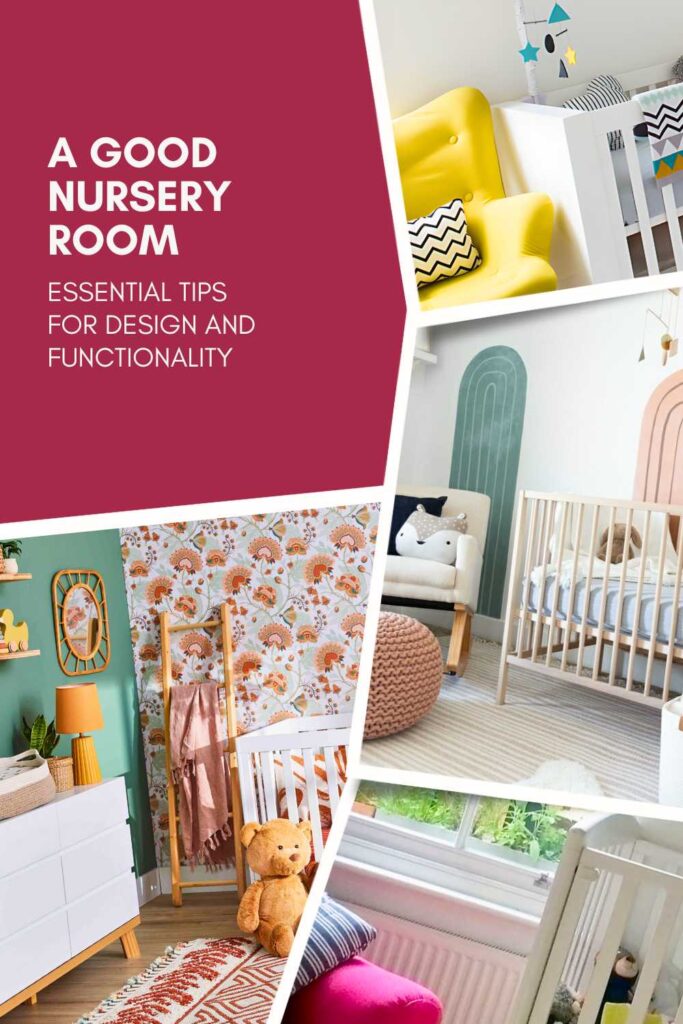
Table of Contents
What Is a Nursery Room?
A nursery room is specifically designed for a baby or young child, serving as both a sleeping area and a space for various daily activities. It often incorporates elements to facilitate feeding, changing, and soothing, all while aiming to create a calm and secure environment for the child. A well-designed nursery room is a combination of safety, comfort, and aesthetics, providing a welcoming space for both the baby and the parents.
Understanding Your Nursery Room Needs
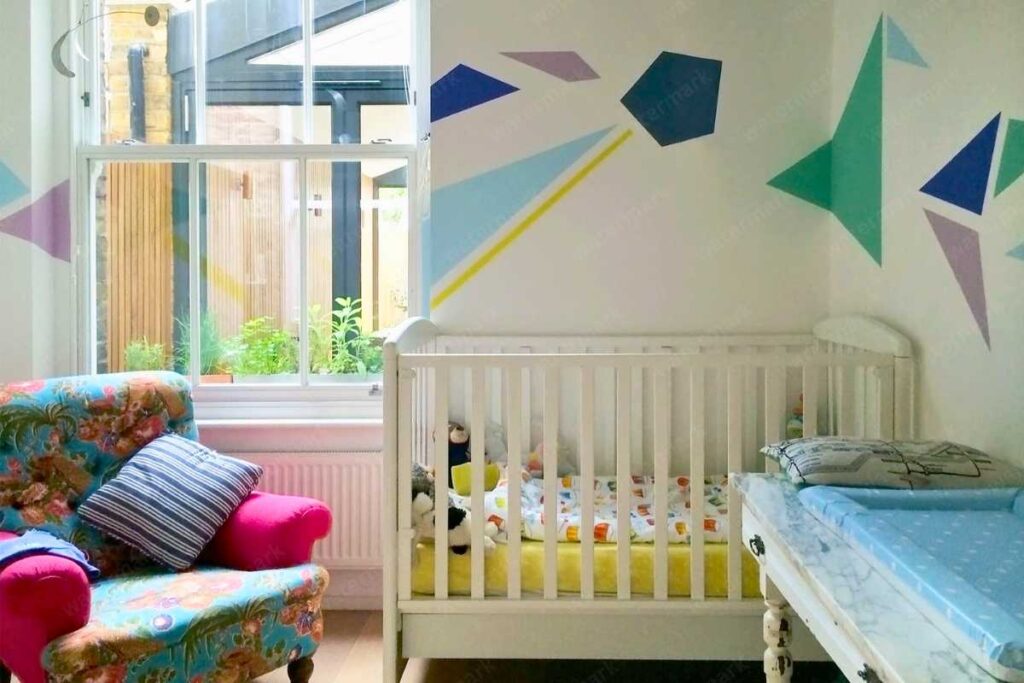
Creating the perfect nursery room involves several key considerations:
Safety First
Safety is the top priority when designing a nursery room. Ensure that the crib adheres to current safety standards. The slats should be no more than 2⅜ inches apart, and there should be no loose parts or sharp edges. Avoid placing the crib near windows, cords, or other hazards. Install outlet covers and anchor heavy furniture to the wall to prevent tipping.
Comfort and Functionality
Your nursery should be a comfortable space for both you and your baby. A rocking chair or glider is essential for late-night feedings and soothing moments. Choose one with a comfortable cushion and supportive backrest. A changing table with built-in storage can streamline diaper changes, but if space is at a premium, a changing pad on a dresser or a portable changing station can be just as effective.
Lighting and Ventilation
Proper lighting and ventilation are crucial in a nursery. A soft nightlight can provide just enough light for nighttime feedings without disturbing your baby’s sleep. An overhead light will help during daytime activities. Ensure the room has good ventilation to maintain fresh air; an air purifier can be a great addition, especially if you live in a dry climate.
Design and Aesthetics
When designing your nursery, opt for calming colors and themes to create a serene environment. Light, neutral tones such as soft grays, whites, and pastels are often ideal. Choose age-appropriate decor that adds a touch of personality without overwhelming the space. Consider using removable wall decals or artwork that can be updated as your child grows.
Growth and Adaptability
Select convertible nursery furniture that can adapt as your child grows. For example, a crib that converts into a toddler bed can extend its usability. Adjustable shelving and multi-purpose furniture are also beneficial, allowing the nursery to evolve from an infant’s room to a toddler’s play area.
Accessibility
Design the layout for easy access to essential areas. The changing table should be within reach of the crib, and the seating area should be comfortable for extended periods. Organize frequently used items so that they are easily accessible, reducing the need for unnecessary movements during nighttime routines.
Essential Nursery Furniture and Items
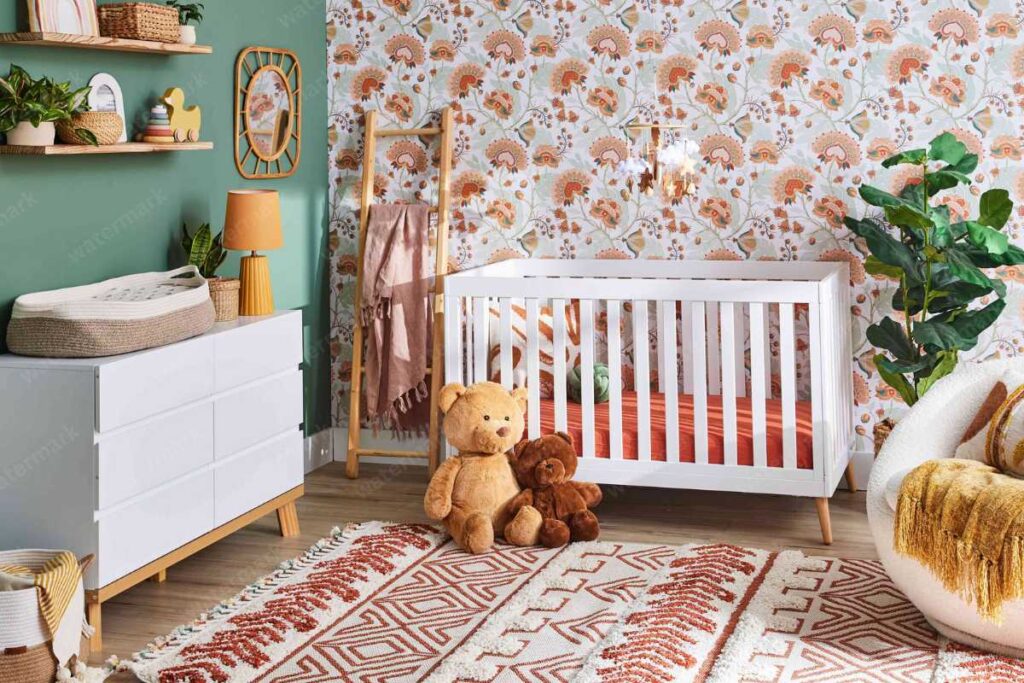
To ensure your nursery room is both functional and ready for daily use, focus on these must-have items:
Crib or Bassinet
A safe and comfortable crib is a cornerstone of nursery furniture. Opt for a convertible crib if you want a long-term solution that grows with your child. For the initial months, a bassinet can be a convenient and space-saving option.
Changing Table or Station
A changing table with built-in storage is invaluable for keeping diapers, wipes, and other essentials organized. If space is a concern, consider a changing pad on top of a dresser or a compact changing station that can be tucked away when not in use.
Storage Solutions
A well-organized nursery requires effective storage solutions. Invest in a sturdy dresser or chest of drawers for baby clothes and blankets. Wall-mounted shelves or baskets can help keep toys and books within reach. Incorporate a laundry hamper into your storage plan to manage soiled clothes and linens efficiently.
Comfortable Seating
A rocking chair or glider is essential for feeding and soothing your baby. Choose a design that fits comfortably within your space and offers adequate support. Look for features like a reclining back or ottoman for added comfort.
Lighting
Proper lighting is crucial for a nursery. A gentle nightlight can ease nighttime checks, while an overhead light will provide bright illumination for daytime tasks. Consider dimmable options to adjust the lighting as needed.
Baby Monitor
A baby monitor allows you to keep an eye or ear on your little one from another room. Choose a monitor with clear audio and video capabilities to stay connected with your baby, even when you’re not in the same room.
Extra Touches for a Perfect Nursery
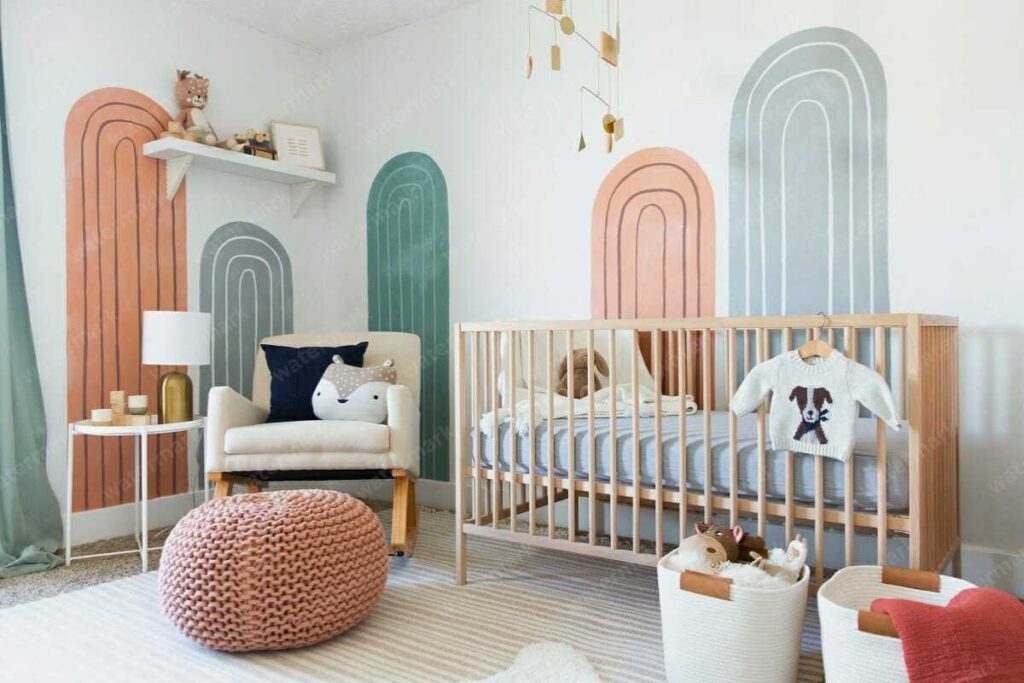
Once you’ve covered the essentials, consider adding a few extra touches to enhance the nursery room:
Play Mat or Rug
A soft play mat or rug provides a cushioned area for tummy time and play. It adds both comfort and style, creating a safe space for your baby to explore and develop motor skills.
Wall Art or Decor
Infuse the nursery with personality by adding framed prints, murals, or decals that complement the room’s theme. Choose soothing and age-appropriate designs that create a welcoming environment.
Humidifier
A cool-mist humidifier can help maintain optimal humidity levels, which is beneficial for your baby’s skin and respiratory health, particularly in dry climates.
In Summary
Designing a nursery room involves finding the right balance between safety, functionality, and style. By focusing on essential nursery furniture and incorporating thoughtful touches, you can create a space that’s not only practical but also warm and inviting. With the right approach, your nursery room will be a perfect retreat for both you and your baby. Happy decorating!

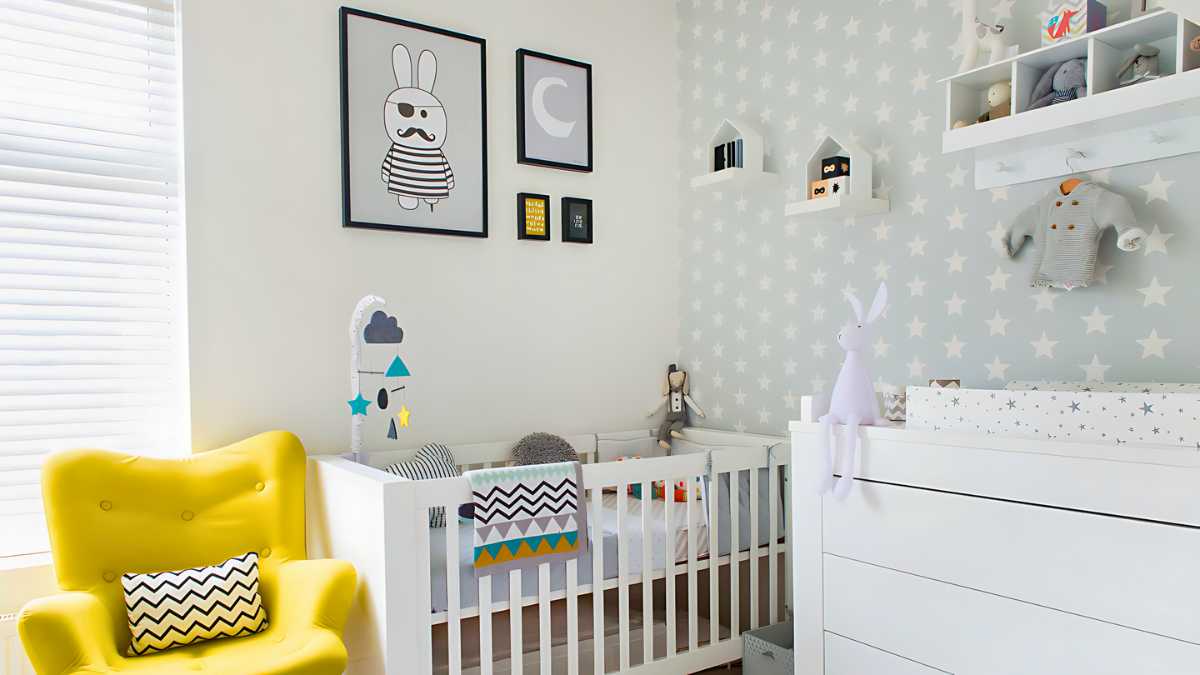
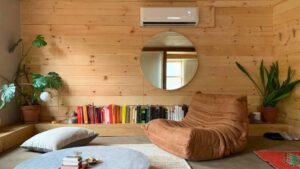
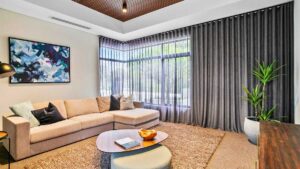
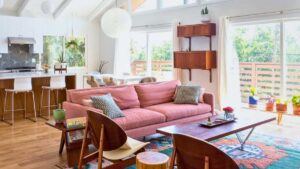
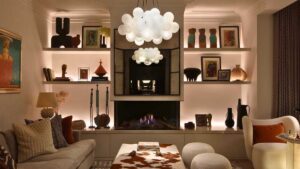


Leave a Comment